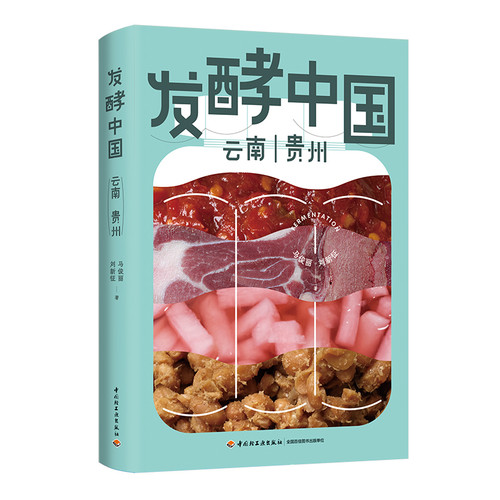For thousands of years, fermented foods—bread, wine, beer, sauerkraut, sausage, cheese—helped humans survive difficult times of famine, establish ancient kingdoms, and build modern industrial cities. Tiny microorganisms magically turned cabbage into sauerkraut and grapes into wine. However, in the 19th and 20th centuries, fear of contaminants in fermentation led modern people away from home fermentation and toward large-scale industrial production of foods. How did the foods that nourished and sustained humanity for thousands of years become increasingly feared and all but forgotten? Fermented Foods reveals the collision between microbiology and the early industrialization of our food system.
几千年来,面包、葡萄酒、啤酒、泡菜、香肠、奶酪等发酵食物,帮助人类度过了艰难的饥荒时期,建立起古代王国并建设现代化的工业城市。微小的微生物神奇地将卷心菜变成泡菜,将葡萄变成葡萄酒。然而,在19世纪和20世纪,对发酵中污染物的恐惧使现代人远离了家庭发酵,而转向追求大规模的工业生产食品。千百年来滋养和维持人类生存的食物是如何变得越来越令人恐惧并几乎被遗忘的?《发酵食物》一书揭示了微生物学与我们食品系统早期工业化进程之间的碰撞。
几千年来,面包、葡萄酒、啤酒、泡菜、香肠、奶酪等发酵食物,帮助人类度过了艰难的饥荒时期,建立起古代王国并建设现代化的工业城市。微小的微生物神奇地将卷心菜变成泡菜,将葡萄变成葡萄酒。然而,在19世纪和20世纪,对发酵中污染物的恐惧使现代人远离了家庭发酵,而转向追求大规模的工业生产食品。千百年来滋养和维持人类生存的食物是如何变得越来越令人恐惧并几乎被遗忘的?《发酵食物》一书揭示了微生物学与我们食品系统早期工业化进程之间的碰撞。






